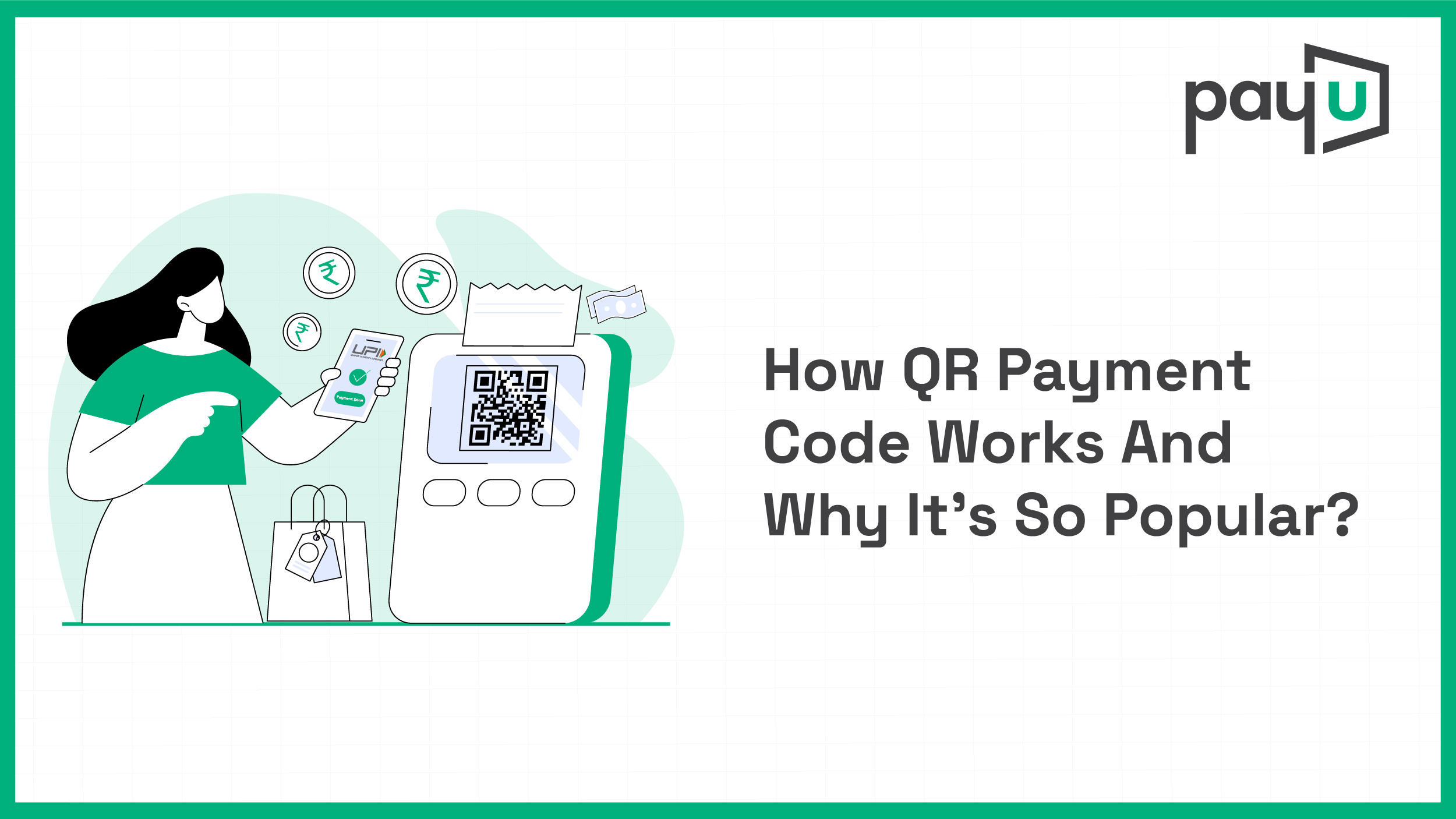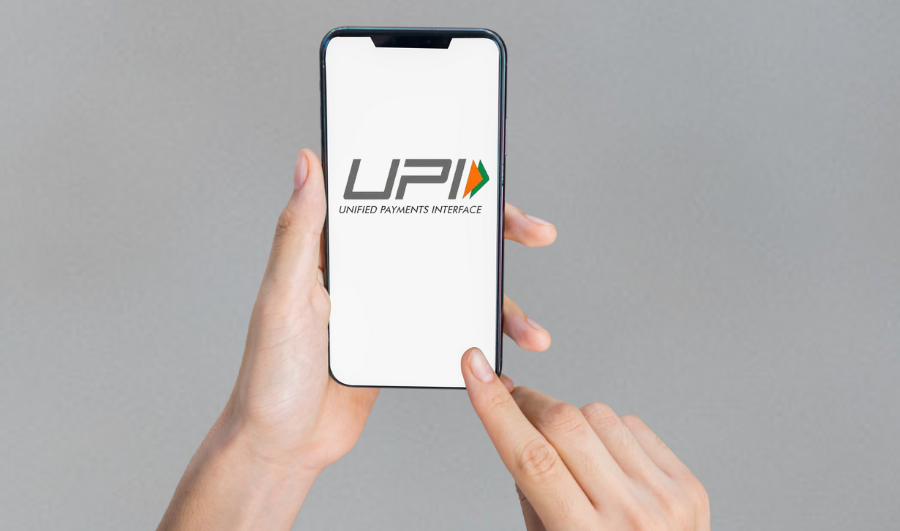
How QR Payment Code Works & Why It’s So Popular?
QR code payments have completely revolutionized the way we conduct transactions, offering a swift and secure alternative to traditional payment methods. By simply scanning a QR code with a smartphone, customers can complete purchases without the need for cash or physical cards. This article delves into the mechanics of what is an online payment QR code, how QR payment code works, and the essential aspects surrounding their use.
| Table of Contents 1. What is QR Code Payment? 2. Types of QR Code Payments 3. The process of QR payment 4. How to Create QR Code for Payment for Businesses 5. Example of QR Code Payment 6. Security Features of QR Code Payments 7. Benefits of QR Code Payments 8. Limitations of QR Code Payments 9. FAQs |
What is QR Code Payment?
A QR code (Quick Response code) is a two-dimensional barcode that stores and transfers information efficiently. Digital devices, such as smartphones, can instantly scan and decode these codes. In payment platforms, QR codes include essential details like the merchant’s identity and transaction amount.
When customers scan the code using a payment app or a camera, the system quickly processes the transaction. This cashless method enhances security, speeds up payments, and ensures a smooth, hassle-free payment experience for both businesses and customers.
Types of QR Code Payments
QR code payments can be categorized into two primary types:
Static QR Codes: These codes contain fixed information and are typically used for multiple transactions without changes. Customers may need to enter the payment amount manually.
Dynamic QR Codes: Generated for individual transactions, these codes include specific details such as the exact payment amount, reducing the chance of errors and enhancing security.
The process of QR payment
It involves several steps:
1. Merchant Generates a QR Code: The merchant creates a unique QR code containing payment details, but first, it is essential to understand What is a merchant QR code. It is a digital code that lets businesses to receive payments.
2. Customer Scans the QR Code: Using a smartphone camera or a payment app, the customer scans the QR code displayed at the merchant’s location.
3. Payment Details Extraction: The scanning application decodes the QR code, extracting the merchant’s details and, if applicable, the transaction amount.
4. Customer Confirms Payment:
The customer reviews the transaction details and authorizes the payment using a mobile wallet or banking app.
5. Transaction Processing:
The payment is instantly processed, transferring funds from the customer’s account to the merchant’s account.
6. Confirmation:
Both the merchant and the customer get confirmation of the successful transaction.
How to Create QR Code for Payment for Businesses
Businesses can integrate QR code payments by following these steps:
1. Choose a Payment Provider: Select a reputable payment gateway that supports QR code transactions.
2. Register and Set Up an Account: Complete the necessary registration and link your business bank account.
3. Generate QR Codes: Use the provider’s platform to create static or dynamic QR codes tailored to your products or services.
4. Display QR Codes: Place the generated QR codes prominently at your point of sale, on invoices, or within digital platforms.
5. Educate Staff and Customers: Ensure that both employees and patrons understand how to use QR codes for payments.
Example of QR Code Payment
Imagine visiting a local café and preparing to pay after enjoying your coffee. The cashier displays a QR code at the counter. You open your mobile payment app, select the scan option, and scan the code. The app retrieves the café’s payment details and amount due. After verifying the details, you authorize the payment using your preferred authentication method. Within seconds, the transaction is successfully processed, and both you and the merchant receive instant confirmation.
Benefits of QR Code Payments
Cost-Effectiveness: It calls for minimal infrastructure, so the cost of doing business is quite low.
Speed and Convenience: The speed of transactions keeps customers satisfied with less waiting around.
Better Security: Since QR codes are easily encryptable, and authentication of users before transactions often forms a part of it, transactions become more secure.
Flexibility: Convenient for any type of industry, QR code payment can be integrated into retailing, hospitality services, transportation systems, and a lot more.
Contactless Payments: Of particular use in our current health-aware climate, QR code payments reduce physical contact.
Security Features of QR Code Payments
Security is a very critical aspect of QR code payments. Key features include:
Data Encryption: Sensitive information within QR codes is encrypted to prevent unauthorized access.
Authentication Protocols: Users often authenticate transactions via PINs, biometrics, or two-factor authentication, ensuring that only authorized individuals can complete payments.
Transaction Monitoring: Financial institutions monitor transactions for suspicious activity, adding an extra layer of security.
Limitations of QR Code Payments
Despite their advantages, QR code payments face certain challenges:
Technological Barriers: Merchants and customers need compatible devices and internet access, which may not always be available.
Security Concerns: Malicious QR codes can lead to fraud. Awareness and caution help prevent risks.
Limited Global Adoption: While growing, QR code payments are not yet universally accepted, with many regions still relying on cash and cards.
Compatibility Issues: Different QR code standards may cause interoperability challenges between payment apps.
No Automatic Refunds: Incorrect payments require manual refund requests, making the process time-consuming.
FAQs
1. Can I create my own QR code to accept payments?
Yes, businesses can generate QR codes through banks or providers. These platforms provide simple tools to create and manage QR codes linked to merchant accounts. A UPI QR code payment gateway enables seamless digital transactions, allowing customers to scan and pay instantly using their preferred UPI-based payment apps.
2. What happens if a QR code payment fails?
If a payment gateway QR code transaction fails due to technical issues or insufficient funds, it won’t be processed. Both the customer and merchant receive failure notifications.
3. Are there transaction limits for QR code payments?
Limits vary by provider and account type. Some impose daily or monthly restrictions for security and compliance.
4. Is internet connectivity required for QR code payments?
Yes, an active internet connection is required. Both the customer’s device and the merchant’s system must be online to complete QR payments securely and without disruptions.
5. Can QR codes be used for cross-border payments?
Cross-border QR payments depend on provider compatibility. Global networks like Visa and Mastercard are developing standardized QR systems, but availability varies based on country regulations and payment infrastructure.



